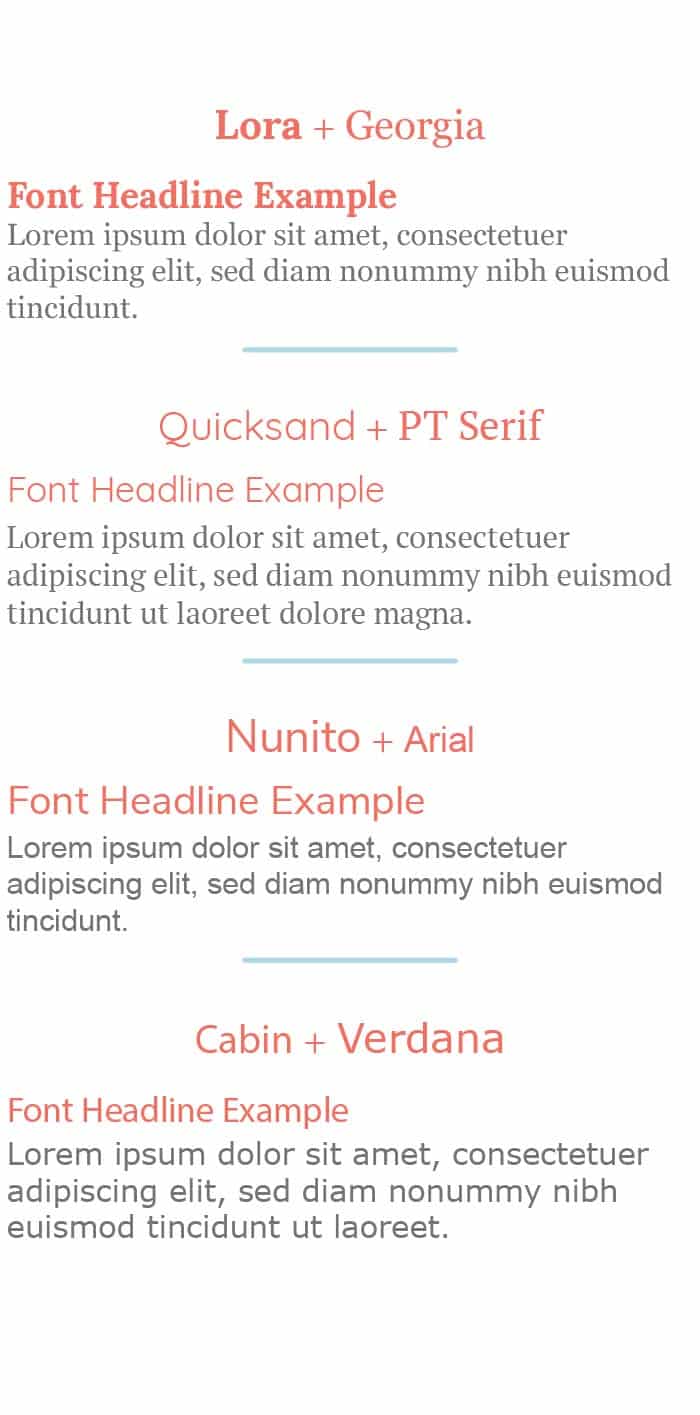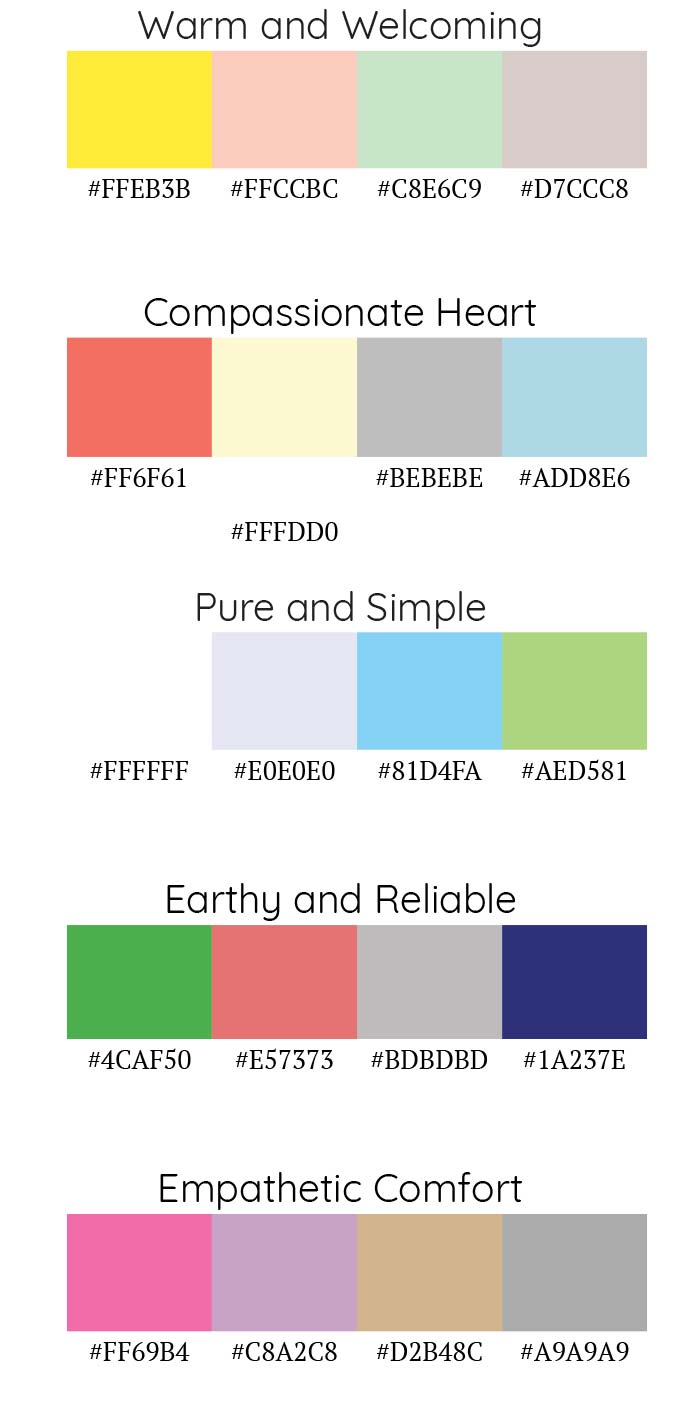About Archetypes
Brand archetypes are important in marketing and branding because they provide a framework for creating a distinct and compelling brand identity. They tap into universal patterns and symbols deeply rooted in human psychology, making them attractive to our character traits and sensibilities. Here’s why brand archetypes are significant and appealing:
The 12 Brand Archetypes
For each narrative, the website design can incorporate elements that reflect the brand's archetype and story.
- Visuals and Imagery: Use imagery that resonates with the archetype's qualities and the narrative's journey. For example, explorers might feature open landscapes, while heroes might use bold and powerful imagery.
- Tone and Language: The copy should reflect the voice of the archetype and the narrative's stages. A Jester might use playful and witty language, whereas a Sage would use insightful and thoughtful prose.
- User Journey: Design the website's user journey to mirror the narrative structure. For a Rags to Riches story, you could guide users from understanding the problem (rags) to discovering your solution (riches).
- Interactivity and Engagement: Use interactive elements to involve the user in the story. For instance, an Explorer brand could include interactive maps or exploration games.
- Testimonials and Case Studies: Share customer stories that align with your narrative and archetype. For a Caregiver brand, testimonials could focus on how the brand supported or nurtured the customer.
By thoughtfully integrating brand archetypes with storytelling formulas, websites can draw in the audience, keeping them on the edge of their seats.
The 12 Brand Archetypes
For each narrative, the website design can incorporate elements that reflect the brand's archetype and story.
- Visuals and Imagery: Use imagery that resonates with the archetype's qualities and the narrative's journey. For example, explorers might feature open landscapes, while heroes might use bold and powerful imagery.
- Tone and Language: The copy should reflect the voice of the archetype and the narrative's stages. A Jester might use playful and witty language, whereas a Sage would use insightful and thoughtful prose.
- User Journey: Design the website's user journey to mirror the narrative structure. For a Rags to Riches story, you could guide users from understanding the problem (rags) to discovering your solution (riches).
- Interactivity and Engagement: Use interactive elements to involve the user in the story. For instance, an Explorer brand could include interactive maps or exploration games.
- Testimonials and Case Studies: Share customer stories that align with your narrative and archetype. For a Caregiver brand, testimonials could focus on how the brand supported or nurtured the customer.
By thoughtfully integrating brand archetypes with storytelling formulas, websites can draw in the audience, keeping them on the edge of their seats.
What is the Caregiver Archetype?
A deep sense of responsibility to support and provide for the well-being of those around them drives Caregivers. They are often portrayed as selfless individuals who are willing to make sacrifices for the sake of others’ happiness and comfort.
Core Characteristics:
The Caregiver archetype is commonly found in parental figures, medical professionals, teachers, social workers, and individuals who work in service-oriented professions. In storytelling, Caregiver characters often play the role of mentors, protectors, or guides to the protagonist, providing guidance and support throughout their journey.
Brands that embody the Caregiver archetype may emphasize qualities such as compassion, trustworthiness, and a commitment to improving the lives of their customers. They may offer products or services that prioritize safety, well-being, and emotional support, appealing to customers who seek a caring and nurturing experience from the brand.
The “Caregiver” as the Guide
Provides Support and Nurturance:
Offering a sense of security and care, making clients feel supported and valued.
Encourages Empathy and Understanding:
Promoting a compassionate approach, understanding clients’ needs on a deeper level.
Fosters Trust and Reliability:
Building trust through consistent, dependable assistance and a commitment to their well-being.
Offers Solutions with Compassion:
Delivering solutions that are considerate of clients’ circumstances, emphasizing kindness and empathy.
Creates a Sense of Belonging:
Cultivating an environment where clients feel a strong sense of community and belonging.
Promotes Healing and Recovery:
Supporting clients through challenges, focusing on healing and positive outcomes.
Enhances Well-being and Comfort:
Ensuring clients’ comfort and well-being are prioritized, providing a reassuring presence.
Font & Color Schemes for "The Caregiver"


Download Our Brand Archetype Guide

Understand each of the brand and narative archetypes In this free download. Learn the language, formulas, color schemes and adventure that can tell your story and create raving fans!
Ready to Start Your Journey?













